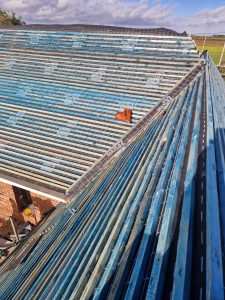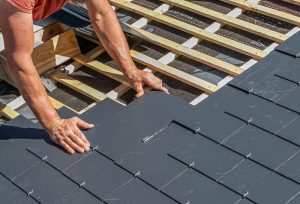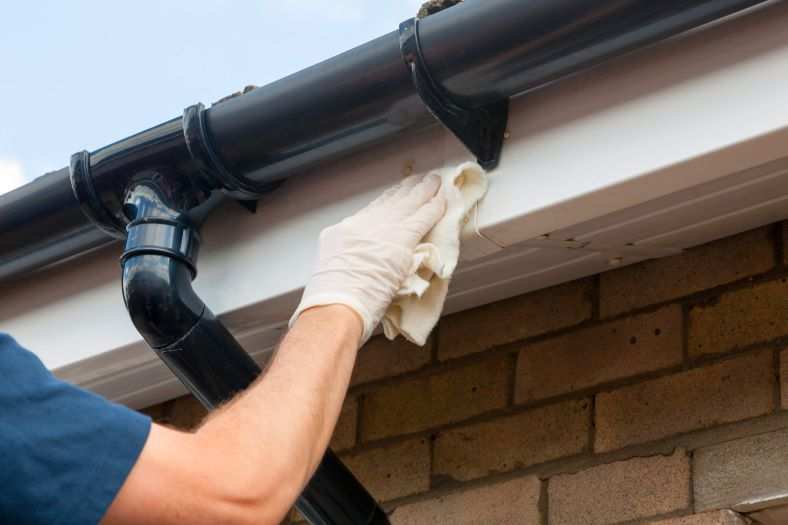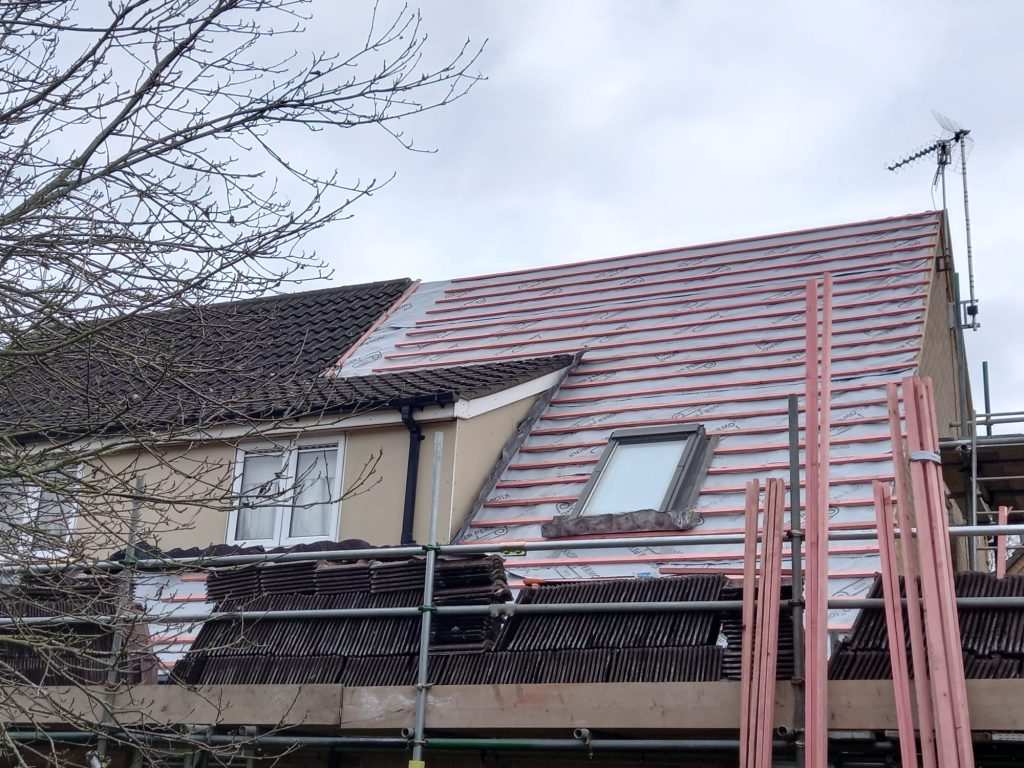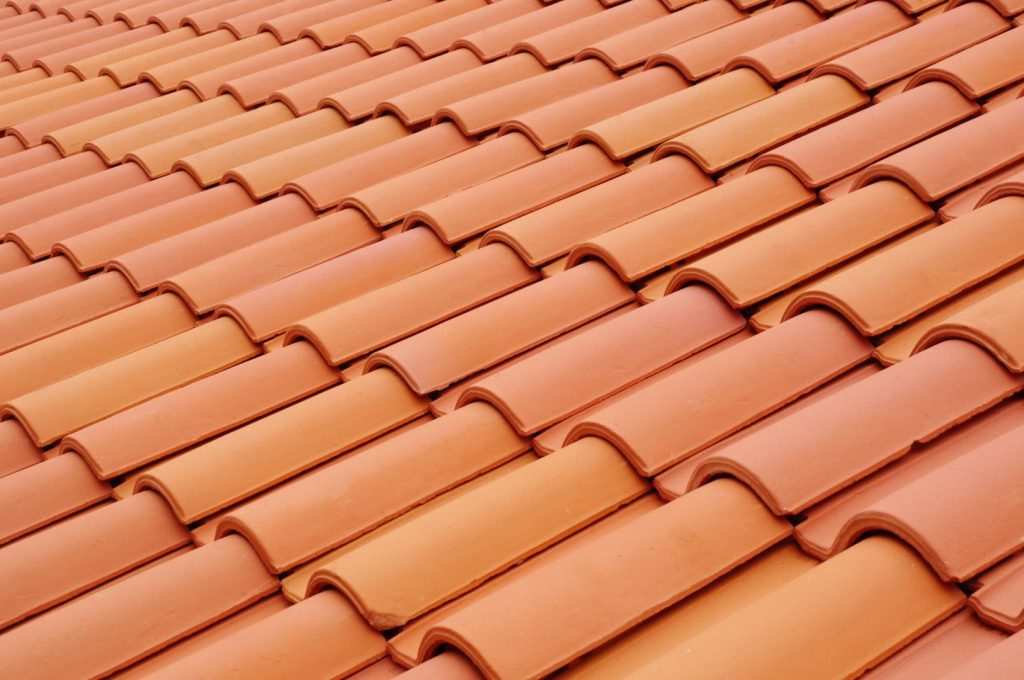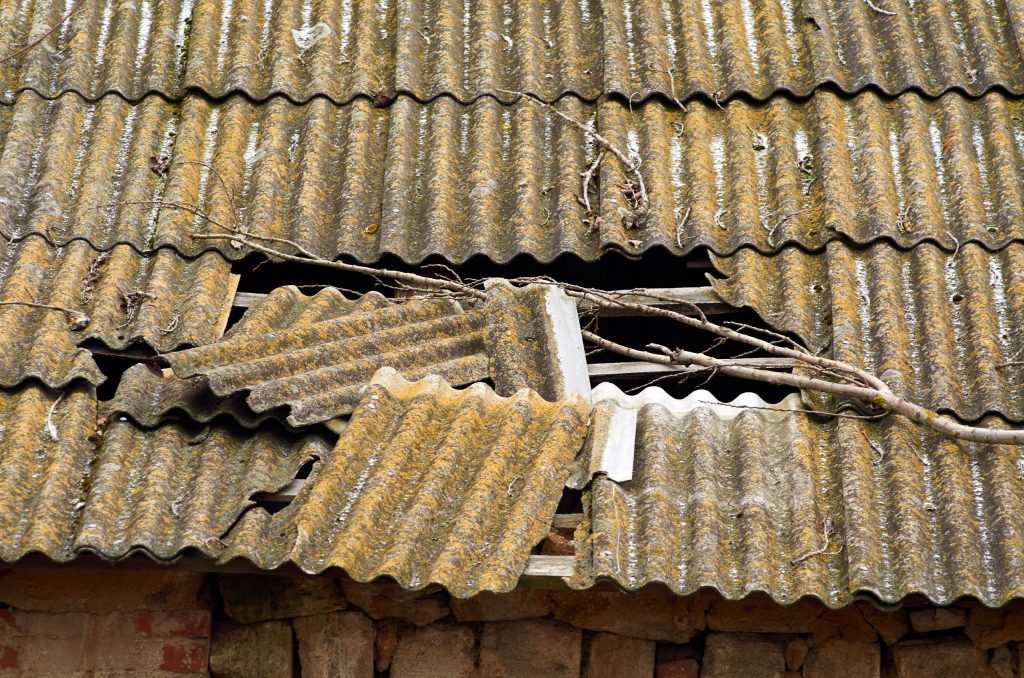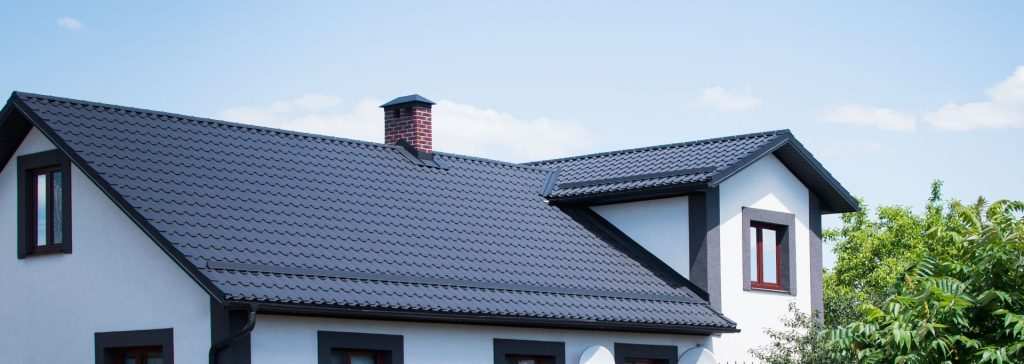Roof protection is an essential aspect of maintaining a safe and secure home, particularly in regions susceptible to severe weather. In the UK, homeowners face a variety of challenging weather conditions, including heavy rain, strong winds, snow, and hail.
Each weather phenomenon can cause significant damage to roofing structures, leading to costly repairs or even a complete roof replacement. Therefore, understanding how to protect your roof from severe weather effectively is crucial for preserving the integrity and longevity of your property.
This blog will explore various strategies and techniques to safeguard your roof against the adverse effects of severe weather. From pre-seasonal maintenance and reinforcement techniques to emergency preparedness and post-storm inspections, we will cover all aspects of roof protection.
By following these guidelines, you can ensure that your roof remains resilient and capable of withstanding the unpredictable British weather, ultimately providing you with peace of mind and protecting your investment.
Understanding the Threats
Severe weather in the UK can take many forms, each presenting unique challenges to your roofing system. Heavy rain, for instance, can lead to water infiltration if your roof is not properly sealed, while strong winds can dislodge shingles or tiles, exposing the underlying structure to further damage.
Snow and ice accumulation can create ice dams, which prevent proper drainage and cause water to seep into your home. Hailstones, on the other hand, can cause immediate physical damage to roofing materials, compromising their effectiveness.
Understanding these threats is the first step in protecting your roof. Each type of severe weather affects roofing materials differently, necessitating tailored protective measures. For example, while metal roofs might withstand hail better than asphalt shingles, they could be more vulnerable to corrosion from prolonged exposure to moisture.
By recognising the specific vulnerabilities of your roofing material, you can implement targeted strategies to mitigate these risks and enhance the overall durability of your roof.
Pre-Seasonal Maintenance
Conducting regular roof inspections, particularly before the onset of severe weather seasons, is critical in identifying and addressing potential issues before they escalate.
A thorough inspection should include clearing gutters and downspouts to ensure proper water drainage, as clogged systems can lead to water accumulation and subsequent damage.
Additionally, inspecting and repairing flashing around chimneys, vents, and skylights can prevent water from seeping into your home during heavy rains.
Another key aspect of pre-seasonal maintenance is checking for loose or missing shingles or tiles. These can easily be dislodged during strong winds, leaving your roof vulnerable to further damage.
Ensuring that all roofing materials are securely fastened can significantly reduce the risk of wind damage. Regular maintenance helps preserve the roof’s condition and extends its lifespan, saving you money on costly repairs in the long run.
Reinforcement Techniques
Strengthening the structural integrity of your roof is a proactive way to defend against severe weather. One effective technique is adding bracing and supports to the roof structure, which can provide additional stability during high winds.
Securing roof sheathing with appropriate fasteners can also enhance the roof’s resistance to wind uplift, a common issue during storms. These reinforcements help in distributing the forces exerted by severe weather more evenly across the roof, reducing the likelihood of damage.
Installing storm-resistant materials is another crucial step in fortifying your roof. Impact-resistant shingles or tiles are designed to withstand the force of hailstones and flying debris, while waterproof membranes provide an additional layer of protection against water infiltration.
By investing in these durable materials, you can significantly enhance your roof’s ability to endure severe weather conditions, thereby ensuring the safety and comfort of your home.
Post-Storm Inspection and Repair
Once severe weather has passed, it is vital to conduct a thorough inspection of your roof to identify any damage that may have occurred. Start by examining the roof for visible signs of damage, such as missing shingles, cracked tiles, or damaged flashing.
Documenting this damage is essential for insurance purposes and can help streamline the claims process. Immediate inspection allows you to address issues before they worsen, preventing further damage and costly repairs.
Deciding between temporary repairs and professional fixes is crucial. While minor issues, such as a few missing shingles, can be temporarily fixed using your emergency repair kit, significant damage should be handled by a professional roofing contractor.
They have the expertise and tools necessary to perform durable repairs that restore the integrity of your roof. Knowing when to seek professional help ensures that your roof remains secure and functional, protecting your home from future weather events.
Preventative Upgrades
Investing in long-term solutions for your roof can provide peace of mind and enhanced protection against severe weather. Upgrading to more durable roofing materials, such as impact-resistant shingles or metal roofing, can offer better resistance to hail and wind damage.
Additionally, installing roof vents can prevent the formation of ice dams by ensuring proper ventilation, thereby protecting your roof from the adverse effects of snow and ice accumulation.
Regular professional inspections are another preventative measure that can significantly enhance your roof’s durability.
Scheduling annual or bi-annual inspections with a qualified roofing contractor can help identify and address potential issues before they become problematic.
These inspections, combined with preventative upgrades, create a robust defence system for your roof, ensuring it remains resilient against the unpredictable British weather.
Conclusion
In conclusion, protecting your roof from severe weather involves a combination of regular maintenance, structural reinforcements, and emergency preparedness.
By understanding the specific threats posed by different weather conditions and implementing tailored protective measures, you can significantly reduce the risk of damage to your roof.
Ensuring that your roof is well-maintained and fortified against severe weather not only extends its lifespan but also protects your home and family.
Prioritising roof maintenance and protection is an investment in the long-term safety and value of your property.
By taking proactive steps, such as conducting regular inspections, reinforcing the roof structure, and being prepared for emergencies, you can minimise the impact of severe weather on your home.
For comprehensive roof protection and peace of mind, consider consulting with professional roofing services to ensure that your roof is in optimal condition to withstand whatever nature throws its way.


